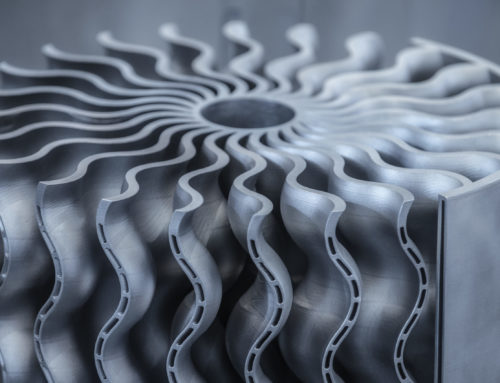In the rapidly advancing world of battery technology, quality control and performance optimization are paramount. Historically, the particle size of powders used in batteries, especially lithium and graphite, has been the primary focus. However, recent research and industry trends have illuminated the significance of another parameter: particle shape. This article delves into the intricate relationship between particle size and shape, and how understanding both can revolutionize battery performance.
The Rising Importance of Particle Shape
Particle shape, a parameter often overshadowed by size, is gaining traction in the battery industry. This is not without reason. Particle shape is a well-known parameter associated with particle flowability and compressibility. In the realm of lithium and graphite powders, understanding particle shape can lead to improvements in numerous performance areas.
Recent data reveals that there has been a surge in scientific papers emphasizing the importance of particle shape or morphology in the battery market. This uptick in research underscores the industry’s growing recognition of particle shape’s pivotal role.
Comparative Analysis: Size vs. Shape
Using advanced tools like particle size analyzers and dynamic image analysis, Vision Analytical conducted a comprehensive study on five common battery materials. The results were enlightening:
- Lithium Nickel Manganese Cobalt Oxide (Cathode Powder): While the particle size was consistent with manufacturer specifications, the particle shape analysis provided deeper insights, especially regarding circularity and smoothness—two parameters crucial for flowability and compressibility.
- Lithium Manganese Oxide: This material displayed a unique curve when analyzed for particle size. The shape analysis revealed a slightly rounder morphology compared to other samples.
- Lithium Iron Phosphate: This sample exhibited a broad distribution in particle size. However, its shape analysis highlighted a significant presence of fines, which can impact battery performance.
- Lithium Cobalt Oxide: This sample returned a standard Gaussian curve for particle size. The shape analysis, however, revealed intriguing data on circularity and smoothness.
- Graphite Powder: Used extensively in batteries, graphite powder’s shape analysis underscored its high fines content, which can influence battery behavior.
The Synergy of Size and Shape
While particle size provides a foundational understanding of material properties, particle shape offers a complementary perspective. For instance, two samples might differ significantly in size but exhibit similar flowability and compressibility due to their shape profiles.
Moreover, the ability to analyze both size and shape allows for a more holistic understanding of battery materials. This dual analysis can lead to more informed decisions in material selection, processing, and performance optimization.
The Future of Battery Particle Analysis
As the battery industry continues to evolve, the integration of particle size and shape analysis will become increasingly vital. By understanding and leveraging the synergy between these two parameters, manufacturers can achieve enhanced battery performance, longevity, and reliability.
At Vision Analytical, we are at the forefront of this exciting frontier. Our commitment to research and innovation ensures that we remain a trusted partner for businesses seeking to harness the full potential of their battery materials. For a deeper dive into our research or to explore collaboration opportunities, reach out to us at Vision Analytical.







